EcoBoost V6 or Coyote V8: Which is Better for Towing?
The Fast Lane Truck tows with two different F-150s, one powered by the EcoBoost and one powered by the Coyote, to find out.
Ford‘s 3.5-liter EcoBoost V6 and 5.0-liter Coyote V8 have plenty of power, which can be used to beat that Chevy next to you at the stoplight off the line, yank a tree stump out of the ground, or haul dirt bikes. But which engine is better for towing?
That’s what Andre Smirnov, Kent Sundling, and Stephen Elmer at The Fast Lane Truck decide to find out in the video above. They start by getting two F-150 SuperCrews. The gray XLT model has the 395-horsepower, 400-lb-ft V8 under its hood that’s good for 9,200 pounds of towing. That’s connected to 3.15 gears and two-wheel drive, which gives the truck a 700-pound weight advantage over its rival. The red Lariat may be heavier, but it also has 3.55 gears, 375 horsepower, and 470 lb-ft of torque that enable it to pull 12,700 pounds. Plus, its turbos thrive in the high altitudes of The Fast Lane Truck‘s Ike Gauntlet towing challenge.
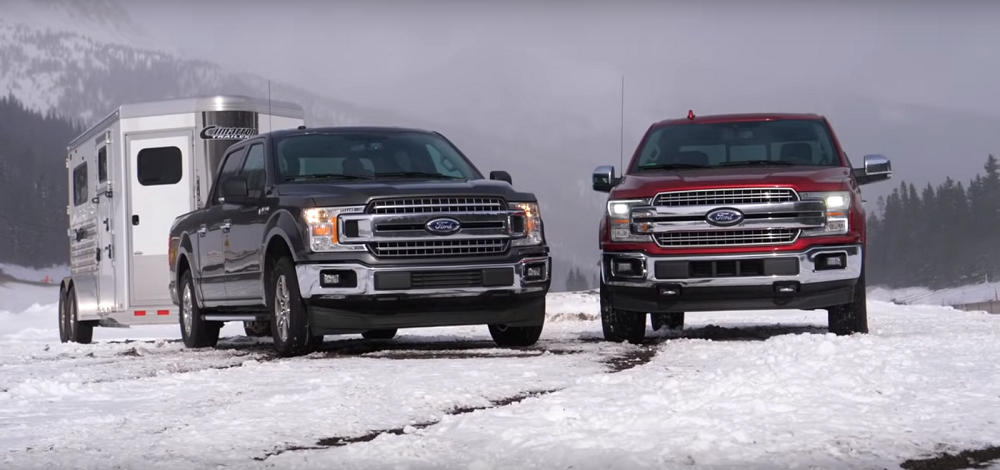
If you’ve never heard of the Ike Gauntlet before, just know that there’s a good reason The Fast Lane Truck subjects so many pickups to it. It’s a test of transmission tuning, braking ability, power, and fuel economy that takes place in Colorado over the course of eight miles, a seven percent grade, and a maximum elevation of 11,158 feet above sea level. The guys hook a truck to an 8,900-pound horse trailer, put the rig’s transmission into tow/haul mode, then drive downhill and count how many times they have to brake to maintain a speed of 60 mph or lower. On the way up, they try to keep the truck steady at 60 mph, measure its fuel economy, and see how long it takes to get to the top. According to Smirnov, a time of eight minutes is “the benchmark. We cannot really do much better than that because that’s the speed limit.”
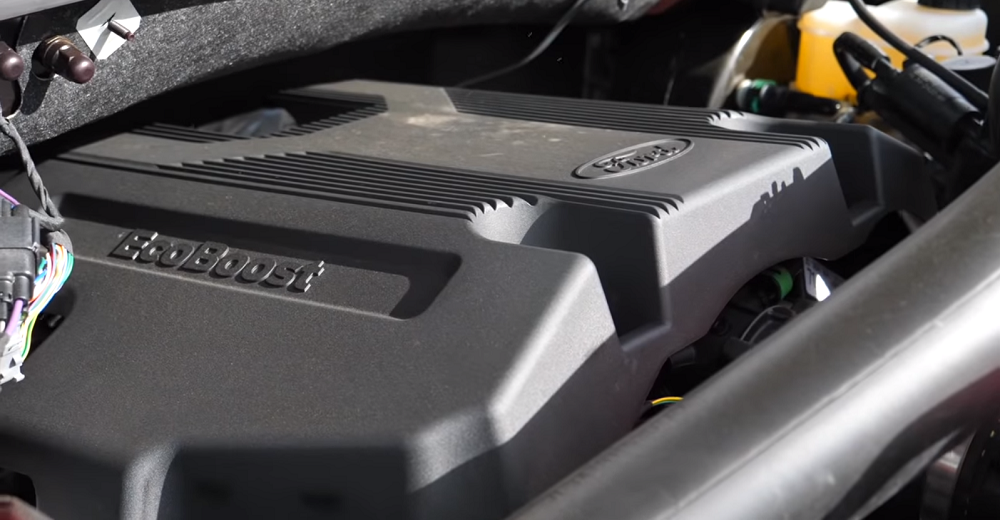
The guys take the EcoBoost truck downhill first. To keep the F-150 at its target speer, Sundling has to hit the brakes 11 times, which Smirnov says is “the most brake applications we’ve recorded for the half-ton segment.”
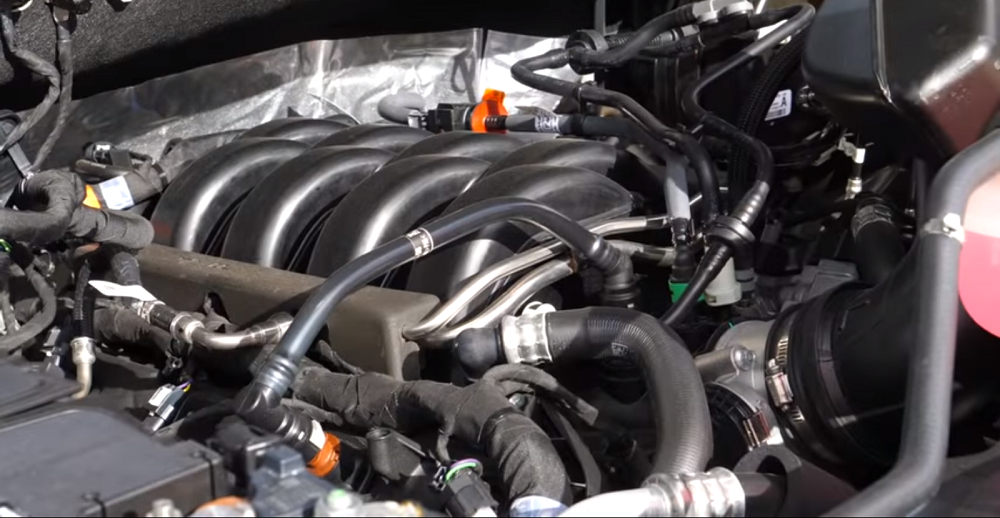
The Coyote-powered F-150 only requires Sundling to mash the left pedal nine times.
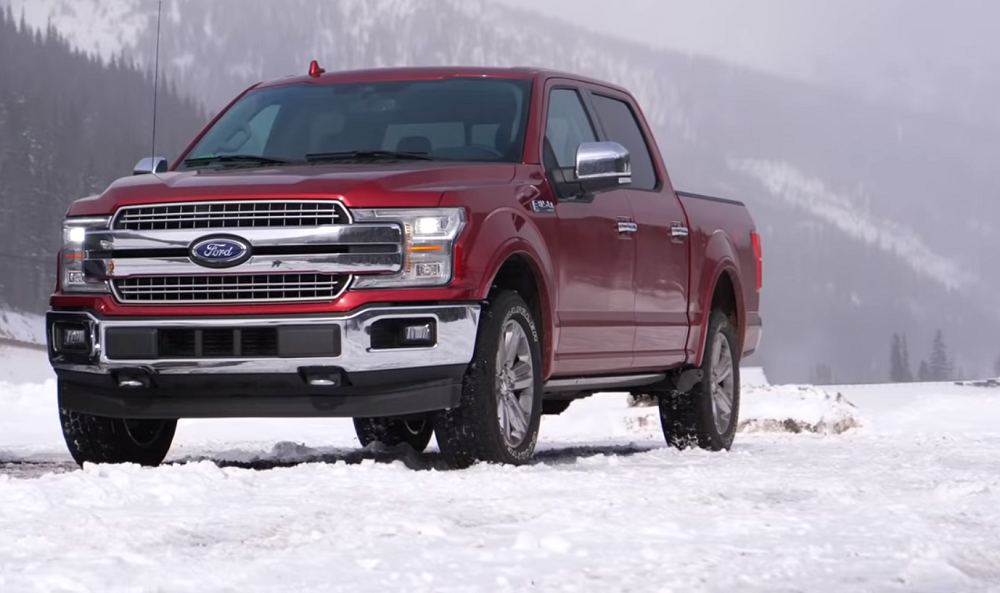
The more powerful EcoBoost truck finishes the uphill section in 7:58.88 with an average fuel economy of 3.5 mpg. Its V8 cousin completes the journey in 8:06.99, although it also gets a 0.5 mpg edge over the EcoBoost-ed truck.
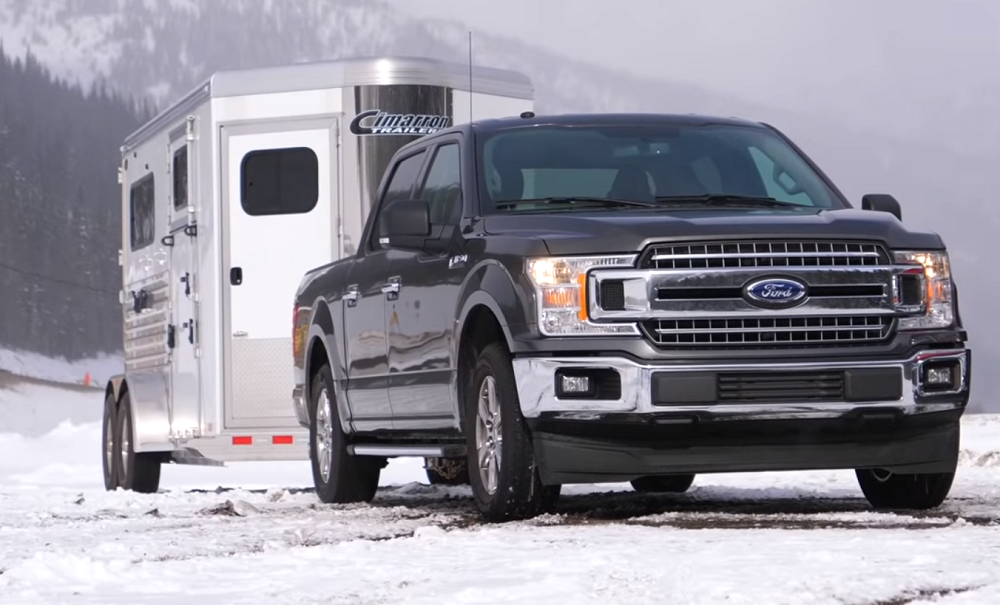
In the end, the guys can’t reach a unanimous decision about which engine is better. Elmer prefers the EcoBoost F-150 for its power. Sundling and Smirnov choose the Coyote-powered F-150 for a variety of reasons, including the way its transmission handled downhill towing, its uphill fuel economy, and, in the words of Sundling, “that good old V8 rumble” – something we can all agree on.
